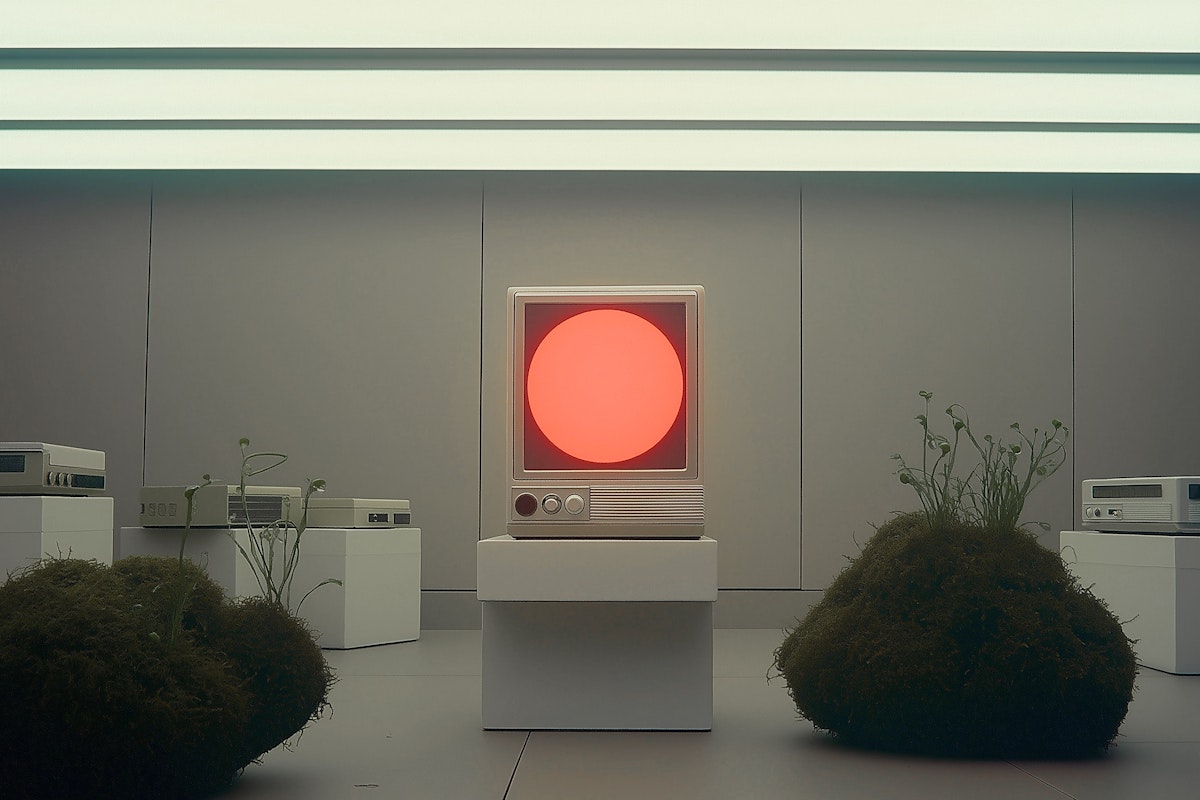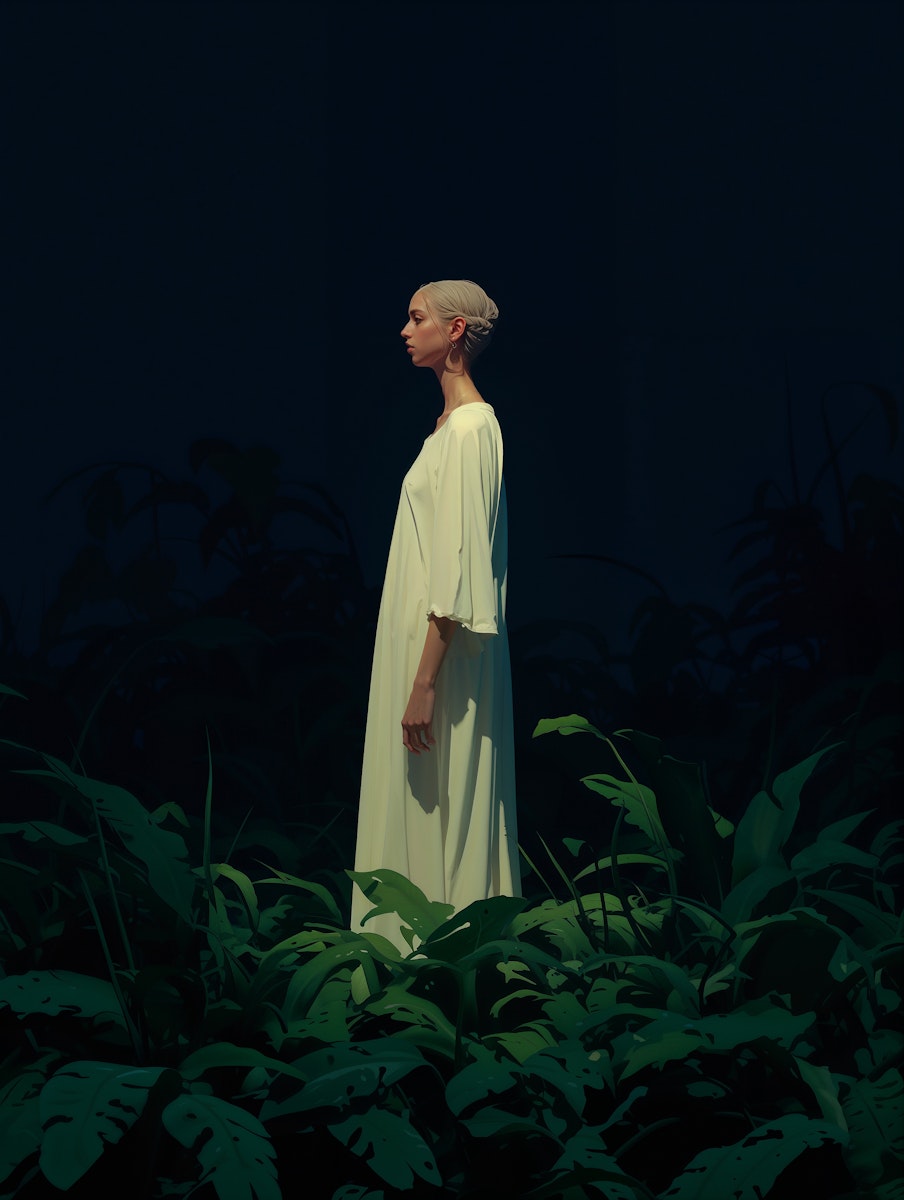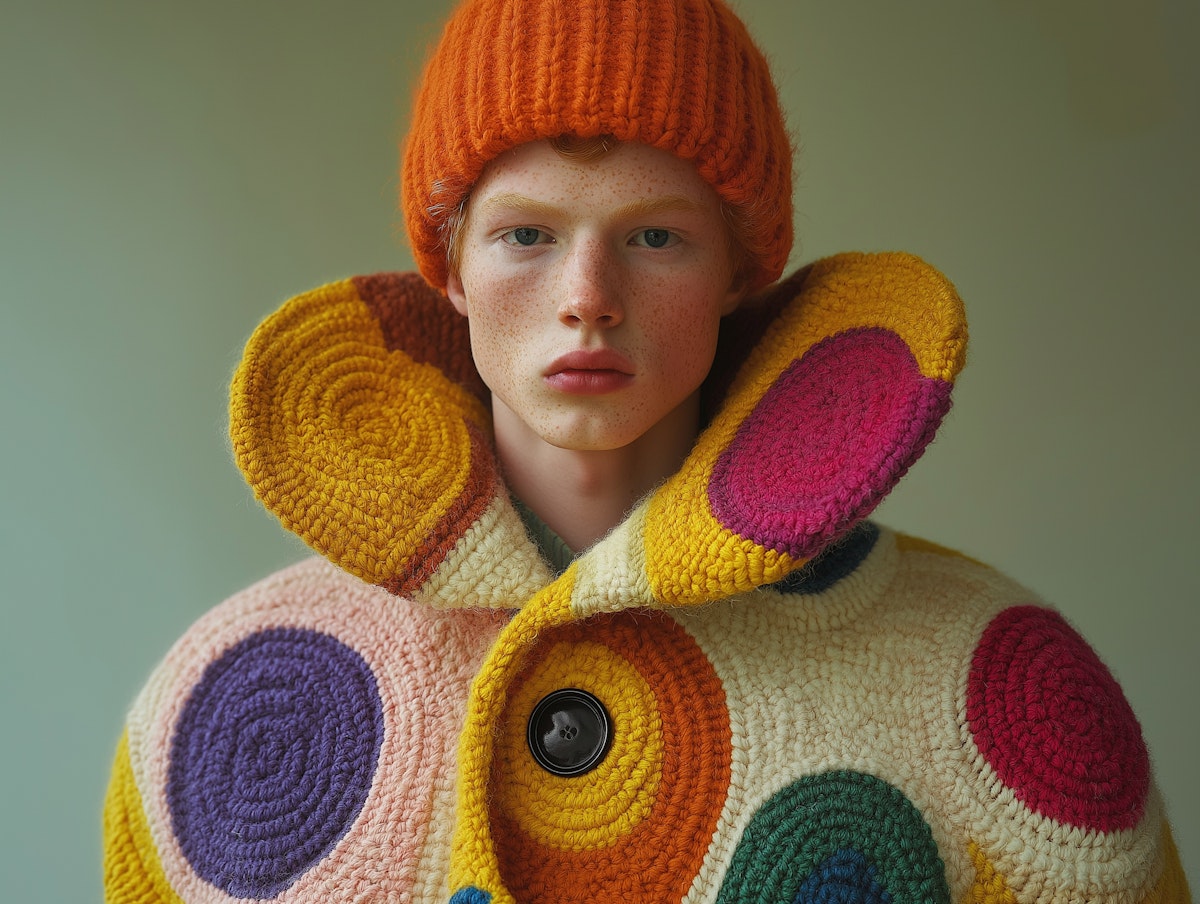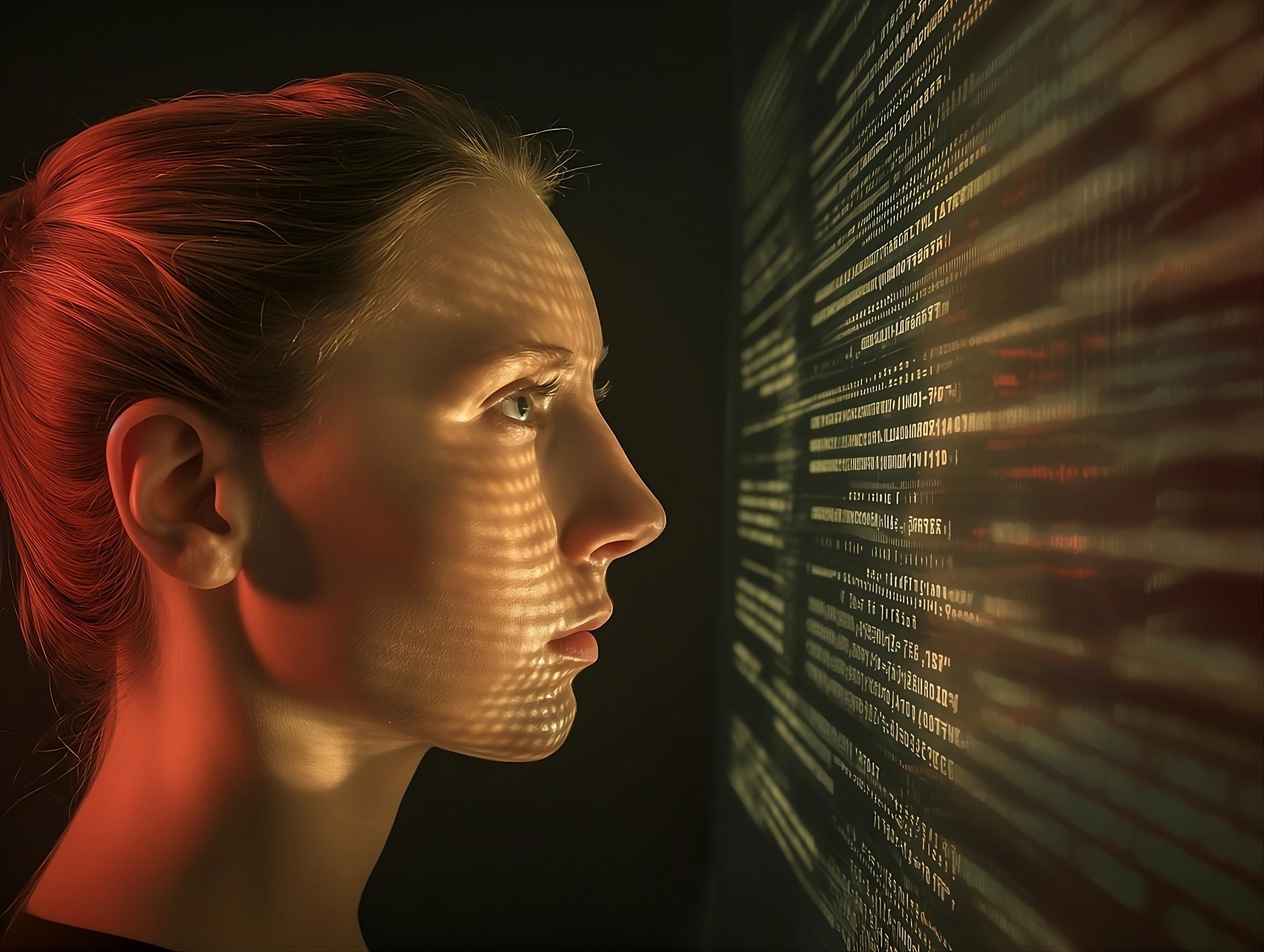
A brief journey into
The Fusion of Art and Algorithms
The Evolution of AI — The Evolution of AI — The Evolution of AI — The Evolution of AI —
[ Setting the Scene ]
Algora has revolutionized the creative potential of AI, advancing from basic, low-resolution outputs to producing hyper-realistic, high-definition visuals that push the boundaries of imagination and innovation.
This progress has opened the doors to powerful visual creation tools for users of all skill levels, from seasoned professionals to casual creators. Yet, it has also raised critical debates around the ethical challenges of AI-generated content, such as intellectual property disputes, the spread of false information, and questions surrounding the essence of true artistic expression.
// PROMPT: A sci-fi fashion portrait of a person in futuristic attire
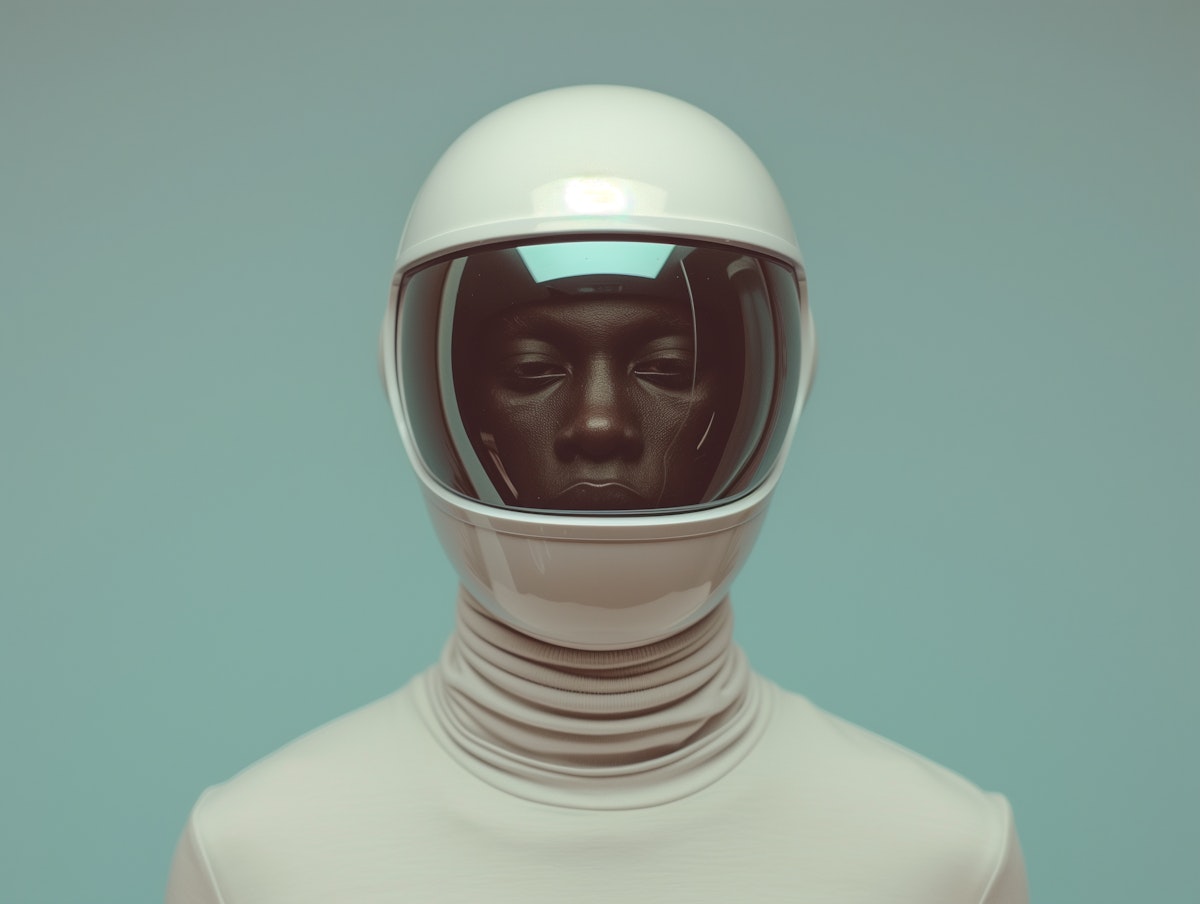
2016 — Built with pioneering generative tools
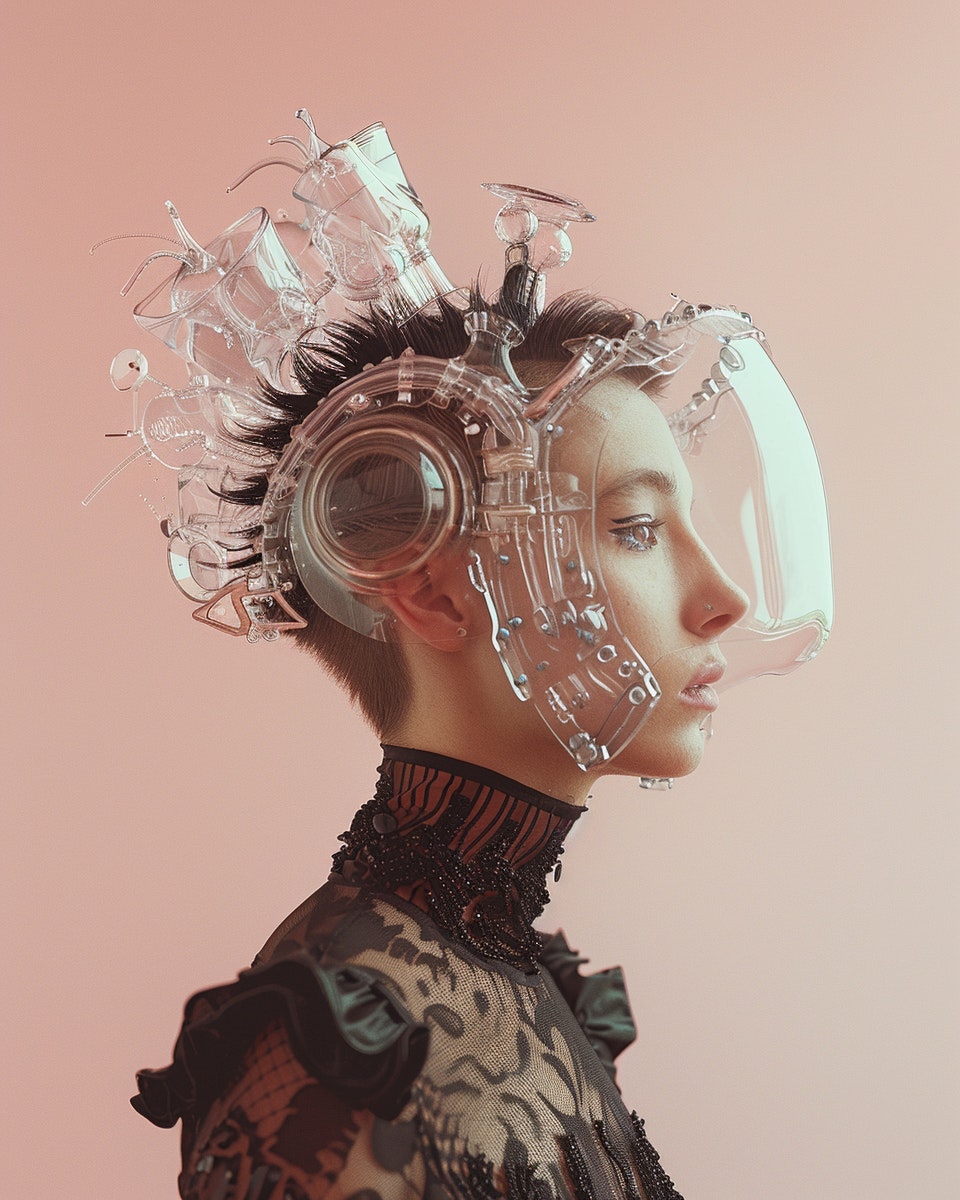
2024 — Created with Algora V2
Dive Into New Success Stories
[ Case Studies ]
How is AI Reshaping Artistic Boundaries?
Generative AI has rapidly advanced, moving beyond its humble beginnings of basic visual outputs to now creating stunning, lifelike artworks that challenge our perceptions of creativity and technology.
Art in the Age of Algorithms
[ Lumina Horizon — Zara Lee ]
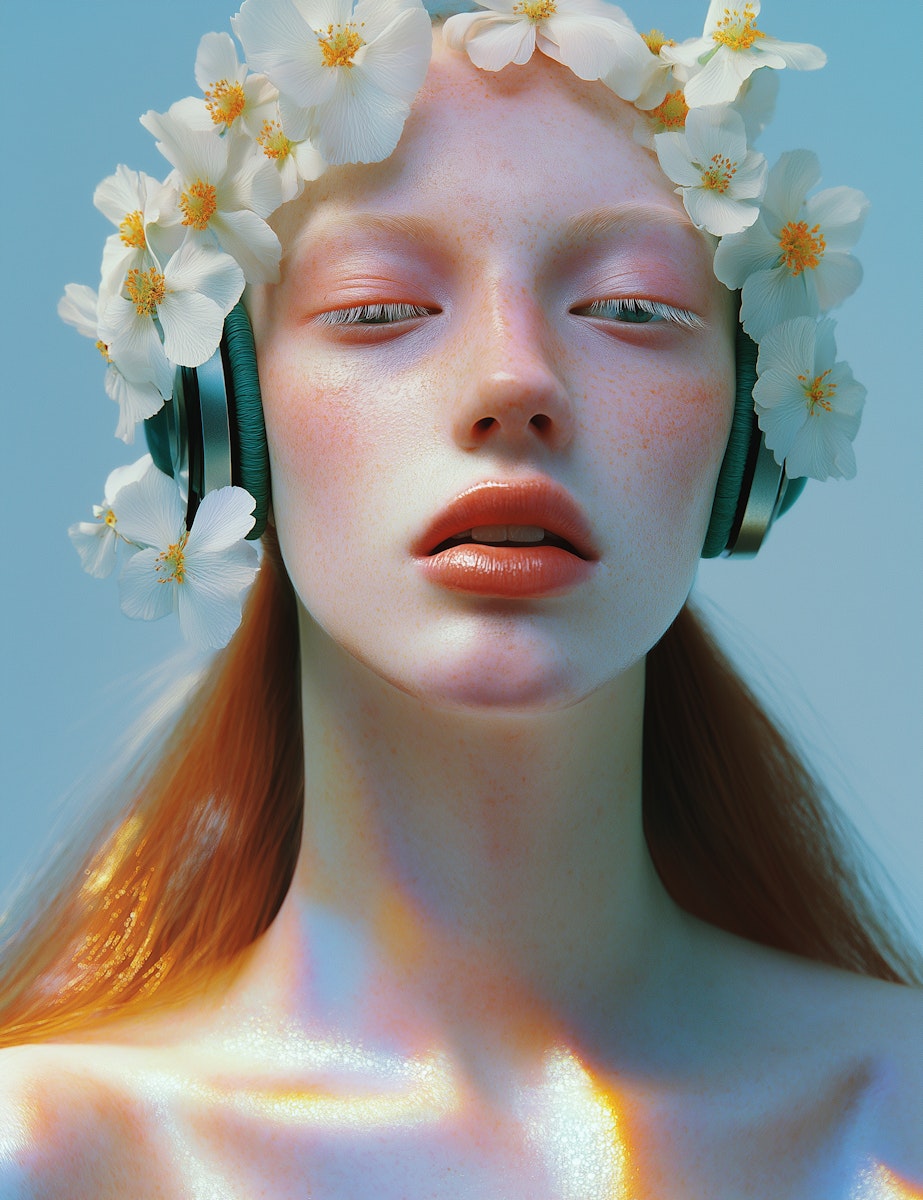
Zara Lee’s AI-powered installation captivates audiences at the Global Digital Arts Forum, raising questions about the fusion of human intent and machine precision. The work highlights the limitless potential of AI as a creative partner in the world of modern art.
The Dawn of AI-Driven Fashion
[ Visionary Threads — Elena Marquez ]
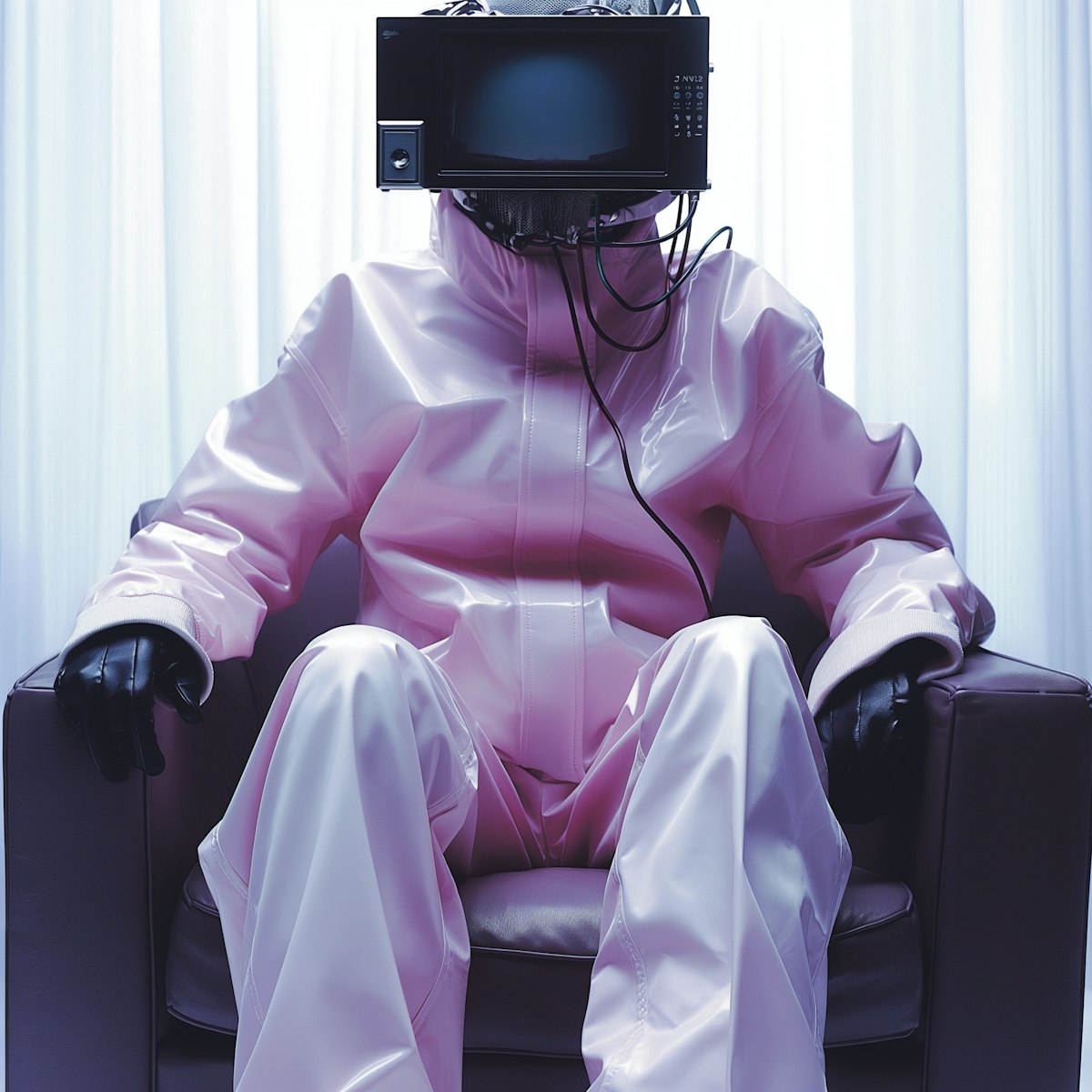
Elena Marquez launches the first fashion magazine curated entirely by AI, featuring futuristic designs and concepts that redefine the boundaries of creativity. While widely praised for its innovation, the magazine ignites debates over the role of human designers in a machine-led creative process.
The Rise of AI-Curated Art Awards
[ Synthetic Realities — Sophia Armitage ]
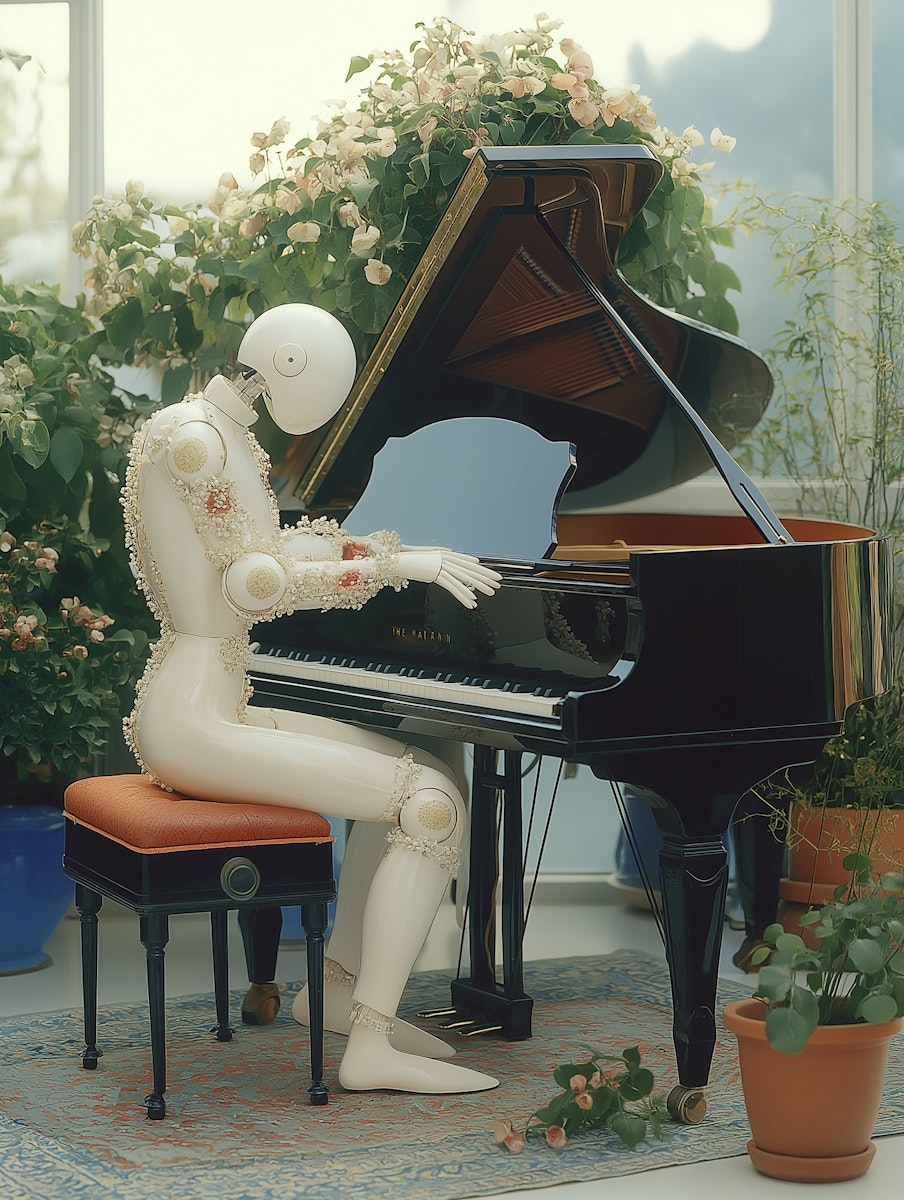
Sophia Armitage’s groundbreaking AI-curated exhibition highlights the creative potential of machine-generated art. The event features photorealistic works of entirely fictional subjects, sparking a discussion about bias, authenticity, and AI’s role in shaping the future of artistic recognition.
Timeless Art Through a New Lens
[ Creative Explorations ]
Can machines innovate Like Human Artists?
These experiments explore the potential of advanced AI tools, such as Midjourney and DALL-E 3, to reimagine classic masterpieces through unique and boundary-pushing prompts.
